5 Surprising Health Benefits of Teff Grain for Indian Diets
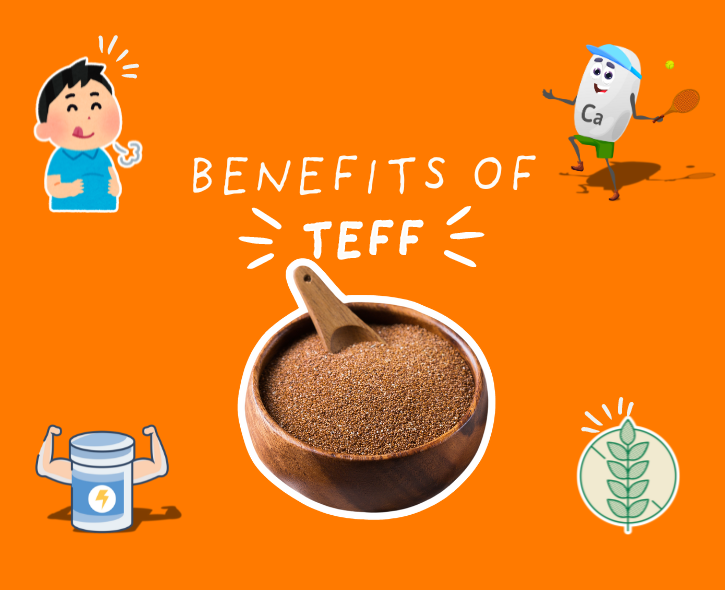
Share
Introduction
Move over, quinoa—there’s a new superfood in town, and it’s ready to spice up your meals! Meet teff, the ancient grain that’s been the backbone of Ethiopian cuisine for centuries. Now, it’s making its way into the health-conscious kitchens of India. We all love exploring new ingredients that pack a nutritional punch, and teff just might become your new favorite. But what makes this little grain so special? Let’s dive into the 5 hidden health benefits of teff grain that could make it a game-changer for your diet!
1. Packed with Plant-Based Protein
If you’re a vegetarian or simply trying to include more plant-based proteins in your diet, teff is here to save the day. With almost 13 grams of protein per 100 grams, teff is a powerhouse when compared to traditional Indian staples like rice and wheat. This makes it a great option for those trying to build muscle, maintain energy, or just get through that long afternoon slump at work.
Imagine swapping your regular chapati for a teff roti at lunch. It’s a small change that could give your body the protein boost it needs without reaching for those post-lunch snacks. Plus, protein keeps you fuller for longer—goodbye, mid-afternoon cravings!
2. Rich in Iron for Energy
Ever feel like you’re always low on energy, no matter how much sleep you get? Iron deficiency is a common issue in India, and it can leave you feeling drained. Teff is here to help, with a hefty dose of iron that can improve your hemoglobin levels and keep that tiredness at bay.
Just one serving of teff can provide a significant part of your daily iron requirement. Pair it with some vitamin C-rich foods like lemon or amla (Indian gooseberry) to maximize absorption, and you’ve got a recipe for sustained energy throughout the day.
3. Gut-Friendly Fiber for Digestion
We all know that achaar isn’t the only way to keep digestion on track. Enter teff, with its high fiber content that helps to maintain a healthy gut. With more fiber than wheat and rice, teff can ease digestion, prevent constipation, and even support weight management by making you feel full.
Imagine starting your day with a teff porridge or dosa—it’s a deliciously different way to keep your stomach happy without sacrificing your favorite breakfast flavors. It’s time to give your digestive system the break it deserves!
4. A Natural Source of Calcium
When we think of calcium, our minds often jump to dairy. But what if you’re lactose intolerant or simply looking for alternatives? Teff is a natural source of calcium, which is great news for your bones and teeth. This is especially beneficial for kids, elders, and anyone looking to strengthen their bone health without chugging liters of milk.
In fact, teff has more calcium than your average cereal grain. So why not add a handful of teff flour to your regular dosa batter or roti dough? It’s an easy way to keep those bones strong, especially if you’re trying to stay active and fit.
5. Gluten-Free Goodness
For those who suffer from gluten intolerance or are simply trying to cut back, teff is a dream come true. Being naturally gluten-free, teff is perfect for those who’ve had to say goodbye to wheat-based foods. But unlike many other gluten-free options, teff doesn’t skimp on flavor or nutrition.
Think of it as a perfect addition to your kitchen if you love experimenting with new flours. Teff flour can be mixed with other gluten-free flours like ragi or jowar to make delicious, healthy alternatives to your everyday breads, pancakes, and even ladoos. It’s time to rediscover your favorite dishes—gluten-free style!
How to Use Teff in the Indian Kitchen
So, how do you introduce this Ethiopian gem into your kitchen? Here are a few easy ways to make teff a part of your everyday meals:
- Teff Flour Rotis: Swap out a portion of your regular whole wheat flour with teff flour when making rotis. You’ll get a nuttier flavor, more protein, and added nutrition in each bite. Teff flour can also be mixed with bajra or jowar flour for a more familiar taste.
- Teff Dosa or Uttapam: Love South Indian food? Try adding teff flour to your dosa or uttapam batter. Its mild flavor blends well with the usual rice and lentils, giving you a crisp and nutritious twist on a classic.
- Teff Porridge: For a quick and healthy breakfast, cook teff grains like a porridge with milk or water, similar to how you might cook dalia. Add a touch of honey, a few chopped nuts, and maybe a sprinkle of cinnamon, and you have a warm, comforting meal that’s perfect for busy mornings.
- Teff in Soups and Stews: Want to make your soups heartier? Use whole teff grains as a thickener for soups and stews. It adds a subtle nutty flavor and a creamy texture, turning simple soups into something special.
- Teff Ladoos: Yes, you heard it right! You can even make ladoos with teff flour. Roast the teff flour, mix it with ghee, jaggery, and some chopped nuts, and roll into ladoos for a nutritious dessert that’s far from ordinary.
By experimenting with teff in these ways, you can blend traditional Indian flavors with the goodness of this ancient grain—creating a healthy fusion that your family will love.
Final Thoughts
Teff might be new to Indian kitchens, but its benefits are anything but. From boosting your protein intake to improving digestion and supporting bone health, this little grain packs a punch. As you explore ways to include more nutritious foods in your diet, why not give teff a try? It’s versatile, packed with nutrients, and could be the next staple in your healthy eating routine.
So, the next time you’re in the mood to try something new, think beyond quinoa and oats—let teff surprise you with its unique flavor and hidden health benefits! After all, a small change can make a big difference in your journey to better health.
Explore More
-

What is Maida and Why is it Bad?
...
-

How Do You Choose the Right Products for Your Health?
...
-

Why Gyms Won’t Save You from Heart Disease in Your 30s: The Hard Truth You Need to Hear
...
-

Caffeine and You: Finding the Sweet Spot for Your Day
...
-

Why Potato Chips Are Addictive: The Science Behind the Crunch
...
-
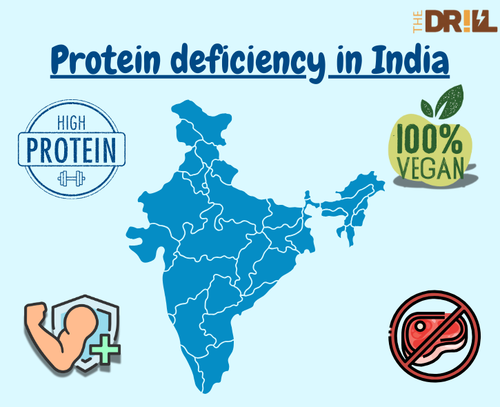
Why Protein Deficiency in India Is More Common Than You Think (And How to Fix It)
...
-
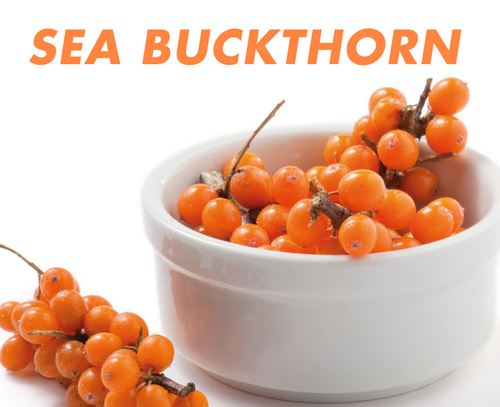
Health Benefits of Sea Buckthorn: The Superberry You Need in Your Diet
...
-

Cold Weather Hacks: How to Stay Healthy During a Mountain Trip
...
-

Top 10 Anti-Aging Foods to Keep You Young and Glowing – Bollywood Style
...
-

PUFA vs. MUFA: Which is Healthier?
...
-
Introducing Drill Lens: Your AI-Powered Food Rating Tool
...
-
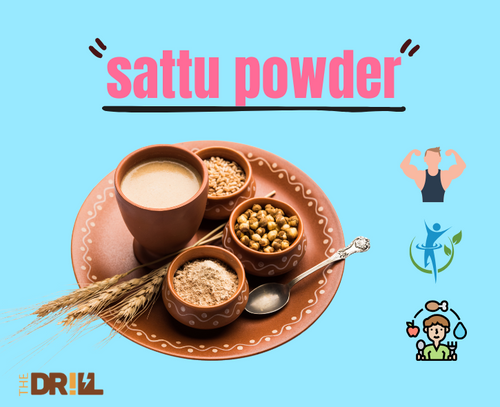
Benefits of drinking sattu everyday
...
-

Can Taurine Cause Side Effects? Here’s What You Need to Know
...
-
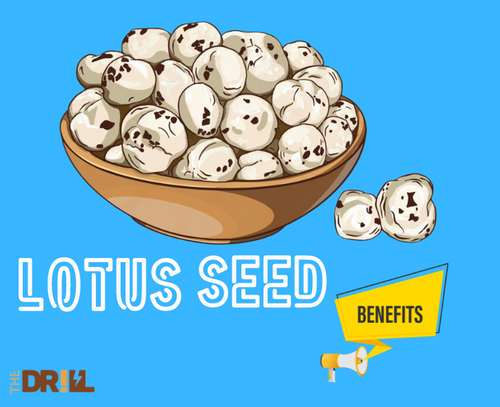
What Are the Health Benefits of Lotus Seeds?
...
-
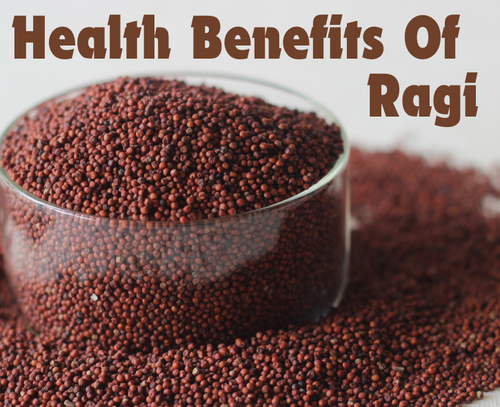
Health Benefits of Ragi for Vegetarians
...
-
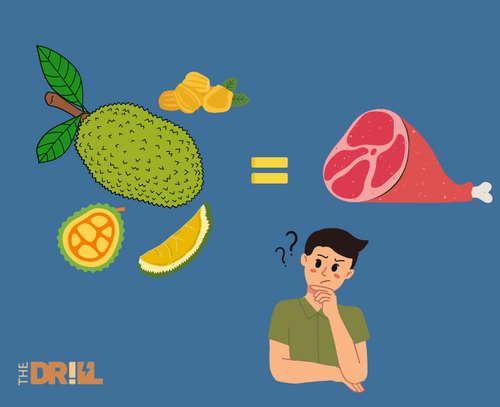
How to Use Jackfruit as a Meat Substitute in Indian Cuisine
...
-

Is Defatted Soya Good for Muscle Gain?
...
-
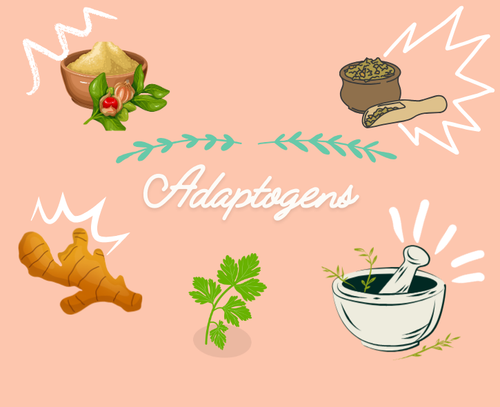
Beginner's Guide to Adaptogens
...
-

The Impact of Glycemic Index on Cravings
...
-
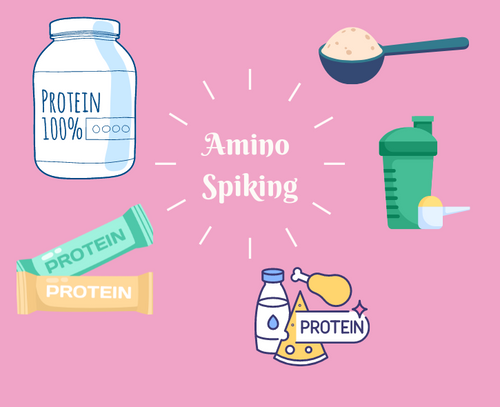
What is Amino Spiking in Whey Protein? A Complete Guide
...
-
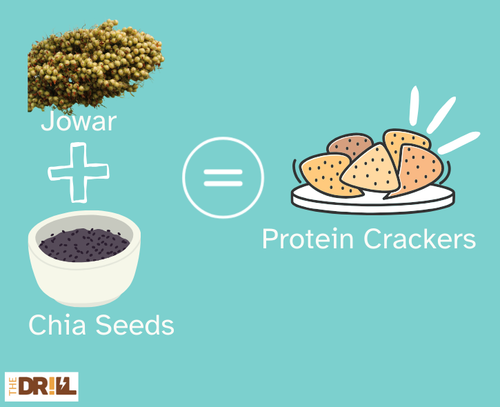
Jowar and Chia Seed Protein Crackers Recipe: A Gluten-Free, High-Protein Snack
...
-
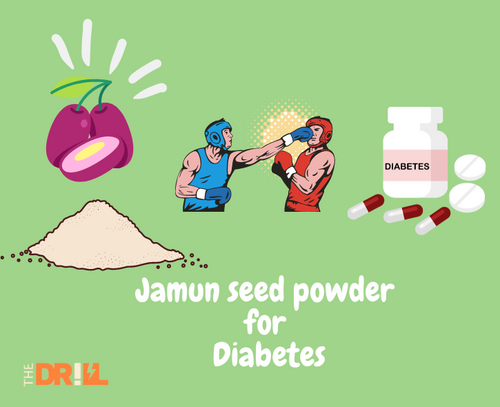
Jamun Seed Powder for Diabetes: Understanding the Benefits and How to Use It
...
-
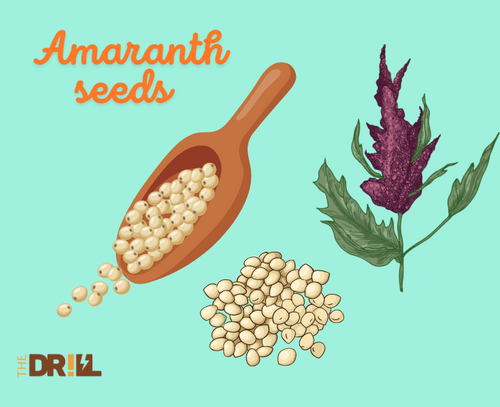
Amaranth Superfood Benefits: Why You Should Add This Ancient Grain to Your Diet
...
-
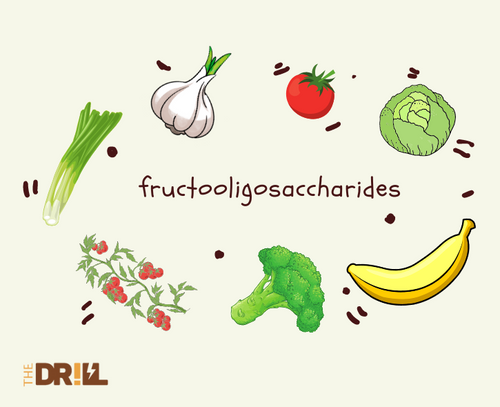
What Is Fructooligosaccharides (FOS) and Why Should You Care?
...
-
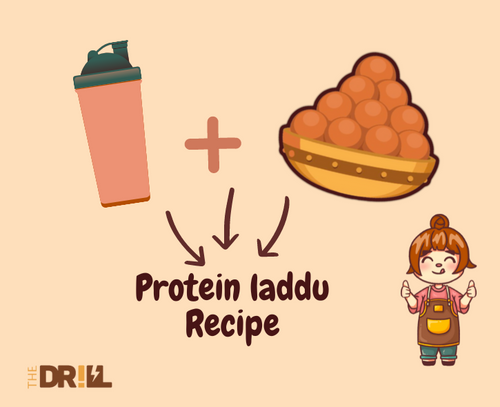
How to Make Protein Laddu at Home: A Nutritious Indian Snack
...
























